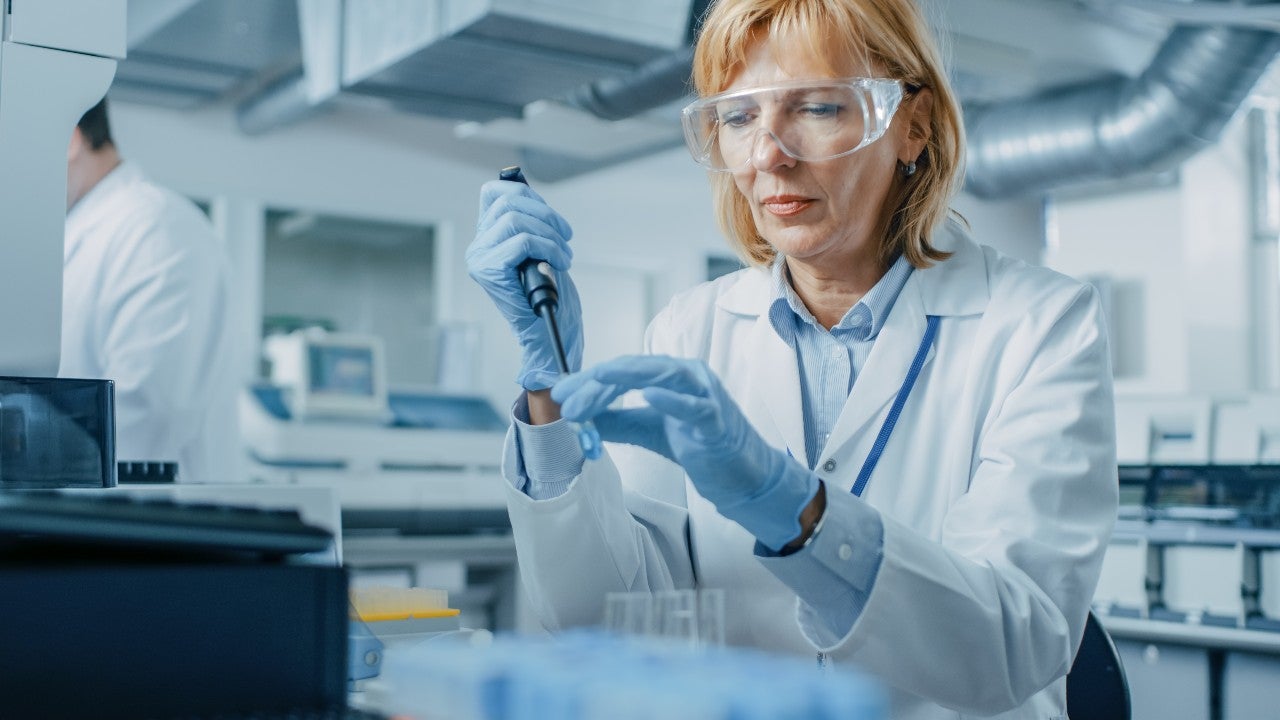
The definition of a pharmaceutical impurity in a drug substance is straight-forward. According to the United States Pharmacopeial (USP), it is any component that is “not the chemical entity defined as the drug substance”. In a drug product, it’s simply “any component that is not a formulation ingredient”.
Impurities can be present for a variety of reasons, including synthetic processes, degradation, and contamination. They can also be derived from packaging containers. This subset of impurity is known as extractables and leachables (E&L) and should be tested for in the quality control laboratory. Afterall, we only have to look to the well-known example of bisphenol A (BPA), a toxic phthalate in wide use for decades, to realise just how dangerous leachables can be.
“Extractables and leachables are any compound that can migrate from the packaging container, manufacturing systems or medical devices – any material that gets in contact with the drug before it is applied to the patient,” says Dr Mattias Nold, global product manager for reference materials at Merck. “E&L studies are very important to prevent consumers from the harm that might be caused from these chemicals.”
According to Dr Nold, non-targeted extractables studies aim to extract all the compounds that could possibly come out of a material, using harsh conditions such as ultra-high temperatures. For leachables studies, real-life conditions are applied in order to test how many of the extractables are likely to migrate when the product is in normal use.
Dr Nold offered these explanations at Merck’s recent webinar event on the topic of impurities in pharmaceutical quality control. In the webinar’s first half, Nold’s colleague Michael Hurst, global product manager for reference materials, provided a detailed introduction to reference standards, which are used by the pharmaceutical industry to determine quantitative and qualitative data, performance standards, and calibrators.
The most robustly traceable and certifiable reference standards are issued by national metrology institutes like NIST. These are known as primary standards. For less critical applications, many laboratories use their own in-house working standards, which can be qualified against a primary standard. This is often seen as a more cost-effective option for day-to-day QC activities. However, establishing quality in-house working standards is a difficult and resource-intensive task.
As a novel alternative, companies can leverage Merck’s pre-qualified secondary certified reference materials (CRMs) and ready-to-use CRM mixtures. These reference materials are typically certified by mass balance or quantitative NMR and offer low-defined uncertainties according to ISO 17025 and 17034, with traceability to primary standards where available.
CRMs for extractable and leachable studies
Creating a reference standard programme for extractables and leachables can be particularly challenging, says Dr Nold. “There are thousands of potential analytes. The structures and thus physical properties of these compounds can also be very different, for example ranging from very hydrophobic to hydrophilic, or basic to acidic,” he explains. Yet even with such a huge variety of compounds, no potential contaminant should be overlooked.
As a global leader in reference materials, Merck has dedicated experts for E&L testing. In collaboration with a central analytical service lab for E&L testing, the company has developed two sets of CRM mixes for the most relevant extractables found in LC and GC studies. The mixes can be used by labs wishing to test their analytical methods or as a tool for easily identifying and quantifying key extractables.
To find out more about reference materials, the important considerations that must be made in the production of CRMs, and how Merck’s pre-qualified CRMs can help alleviate the challenges around impurity analysis, download the full recording below.


